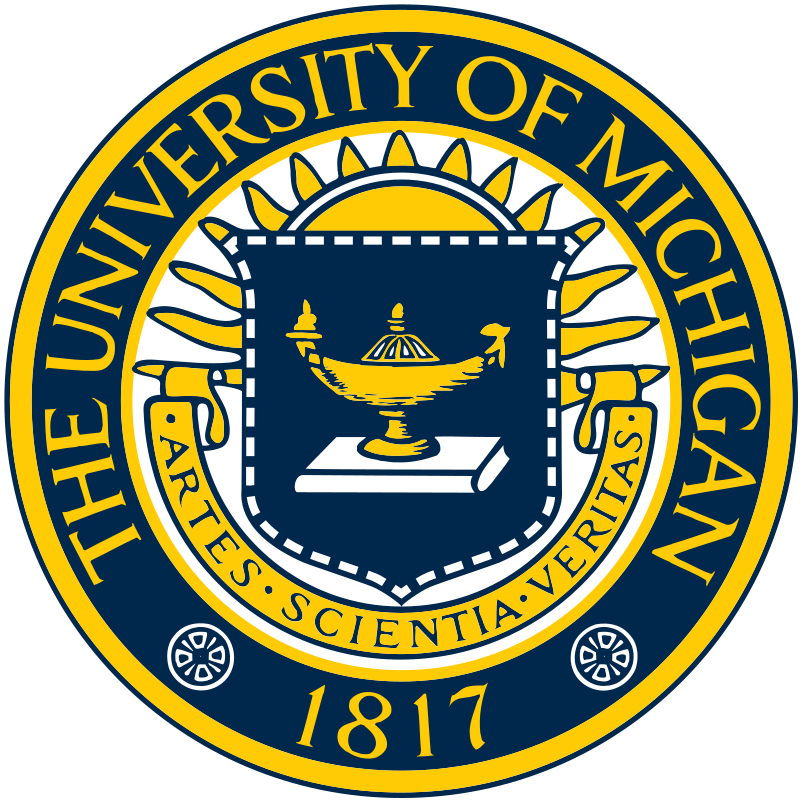Table of Contents
- General Information
- Vaccine Related Pathogen Genes
- Vaccine Information
- Mink Distemper-Enteritis Modified Live & Killed Virus Vaccine-Clostridium Botulinum Type C-Pseudomonas Aeruginosa Bacterin-Toxoid (USDA: 4949.20)
- Mink Distemper-Enteritis Modified Live & Killed Virus Vaccine-Clostridium Botulinum Type C-Pseudomonas Aeruginosa Bacterin-Toxoid (USDA: 4949.31)
- Mink Enteritis Killed Virus Vaccine-Clostridium Botulinum Type C-Pseudomonas Aeruginosa Bacterin-Toxoid (USDA: 49A5.20)
- Mink Enteritis Killed Virus Vaccine-Clostridium Botulinum Type C-Pseudomonas Aeruginosa Bacterin-Toxoid (USDA: 49A5.21)
- P. aeruginosa DNA Vaccine encoding OprF
- P. aeruginosa DNA vaccine pGACAG-OprF/OprI
- P. aeruginosa DNA vaccine pGACAG-OprF/OprI + pGACAG-PcrV + pGACAG-PilA
- P. aeruginosa DNA vaccine pGACAG-PcrV
- P. aeruginosa OprI Protein Vaccine
- P. aeruginosa PcrV Protein Vaccine
- SL3261-P. aeruginosa serogroup O11 O antigen
- References
| I. General Information | ||||||||||||
|

Loading Pathogen Genes...

Loading Host Genes...

Loading Vaccines...
Loading References...


